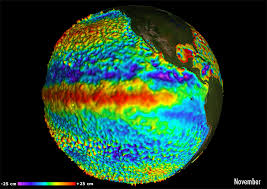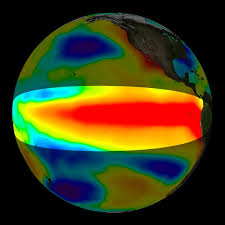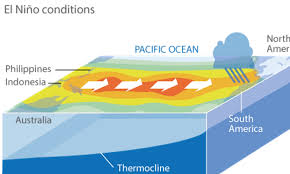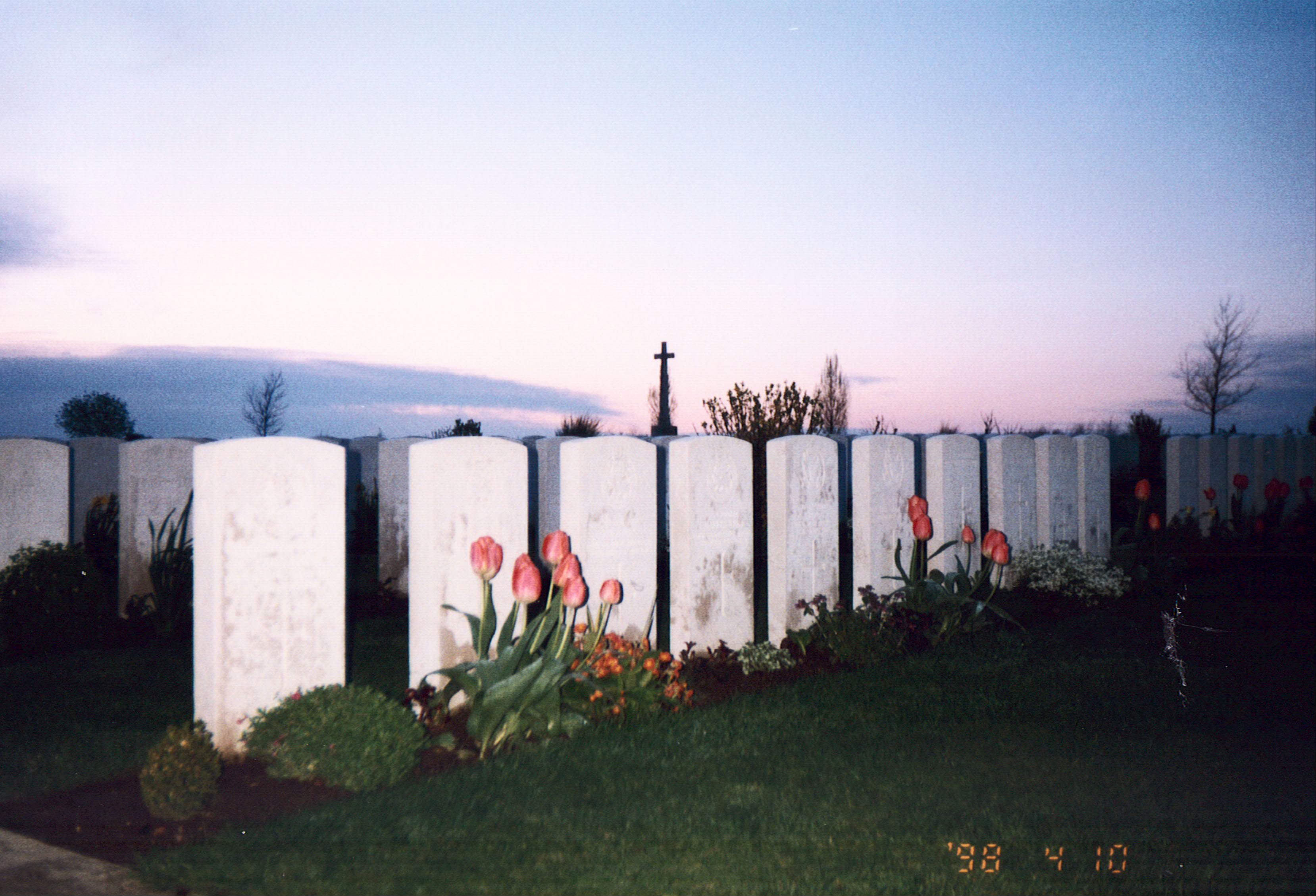El Niño Simplified
We have heard much about El Niño recently – the much maligned phenomenon responsible for some record warm Christmases from New York to Atlanta on the US East coast.
 “El Niño is wreaking havoc with our weather” is an ice-breaker (ha ha) from water cooler to cocktail hour across the country. It is also responsible for December being both the warmest and wettest on record ! But who (or what) is this mysterious “boy” that’s grabbing all the headlines ?
“El Niño is wreaking havoc with our weather” is an ice-breaker (ha ha) from water cooler to cocktail hour across the country. It is also responsible for December being both the warmest and wettest on record ! But who (or what) is this mysterious “boy” that’s grabbing all the headlines ?
Drought stricken California welcomes El Niño’s storms ….
Darth Niño may finally have California in its sights …..
El Niño set to mess with weather for the next 3 months ….
All the winter’s a weird weather stage ….
El Niño occurs when there are unusually warm ocean temperatures in the Equatorial (towards the equator) Pacific Ocean. No-one quite knows what triggers the Trade Winds to not reverse their direction as normal in the Spring, but when they don’t, warm ocean water around Indonesia starts moving east and carries the summer heated top later of the central Pacific with it. Deep cold water is prevented from upwelling and El Niño is born.
 El Niño means the “Little Boy” or “Christ Child” (the phenomenon usually occurring in December). The event usually happens every 2-7 years. (Recently: 2002-03, 2004-05, 2006-07, 2009-10, 2015-16).
El Niño means the “Little Boy” or “Christ Child” (the phenomenon usually occurring in December). The event usually happens every 2-7 years. (Recently: 2002-03, 2004-05, 2006-07, 2009-10, 2015-16).
The effect significantly influences weather patterns and economics around the world :
North America : Warmer, drier winters in the Northern half of the country and wetter, cooler winters in the Southern half. The Atlantic hurricane season tends to be less active but the Pacific sees above normal activity.
Africa : The Eastern half of the country is typically wetter, particularly during the March-May rainy season, however, the South central continent experiences drier conditions in their summer months.
South East Asia and Australia : Drier conditions with increased fire risks and worsening air quality.
Europe : Cold and dry in the Northern countries and mild and wet in the Southern countries.
Some El Niño’s can produce particularly extreme conditions and outcomes. A strong one between 1789-1793 caused poor crop yields in Europe which helped spark the French Revolution. Extreme weather produced by El Nino in 1876-77 caused deadly famines which were particularly brutal in Northern China where up to 13 million people perished as a result. More recently, the intense El Niño of 1997-98 (the strongest one ever recorded) caused about 16% of the world’s coral reef system to die. This came about as the Western Pacific sea levels dropped drastically as warm water flowed eastward exposing the reefs.
Scientists worry that the current one can be even stronger than that in 1997, with the potential for being a Godzilla El Niño, per a climatologist with NASA ! The arrogance of man is thinking nature is in our control, and not the other way around ~ Dr. Ishiro Seriwaza








We’re certainly not in control, and I wonder how much we’re even affecting nature as much as we think we are with pollution, etc. Really, I think we’re just along for the ride!